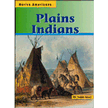DELAWARE
 |
| www.pdclipart.org |
On December 7, 1787, Delaware became the first state to ratify the Constitution, earning it the nickname "The First State." Delaware (DE) sits along the eastern seaboard and is nestled among Pennsylvania, Maryland, and New Jersey. It is the 49th biggest state, only surpassing Rhode Island in size, and is the 45th most populous. Most of the population and industry lies in the northern half of the state.
The capital is Dover; it achieved this honor in 1777 because it was viewed as a safer place to be in the event of an Indian attack than the old capital. People who live in Delaware are referred to as Delawareans. There haven't been a lot of famous people born here. Some are Valerie Bertinelli, who is an actress; Annie Jump Cannon, an astronomer; Stephen Marley, guitarist; and Howard Pyle, an illustrator and author. There have, however, been famous people who have made Delaware their home. One was a man by the name of Oliver Evans who, in 1785, invented an automatic flour milling machine. Another was a Frenchman, E.I. du Pont. In 1802, he bought some land and set up a gunpowder mill. Today, DuPont is one of the world's largest companies.
Delaware was explored by the Spanish and the Portuguese in the 16th century. Dutchman Henry Hudson discovered what is known today as the Delaware River and Delaware Bay in 1609. No settlement was built until 1631, however, and this was by a Dutch trading company who had bought land from the local Indian tribes. The overseer of the trading company traveled to Delaware in 1632 to visit this settlement only to find out that all of the settlers had been killed and all of the buildings burned to the ground. The Swedes came to this area in 1638 and settled in what is the present-day city of Wilmington. They lived comfortably until 1655 when another Dutchman, Peter Stuyvesant, came and took over and named it the Colony of New Netherlands.
In 1681, William Penn received an enormous tract of land from King Charles II as payment of a debt owed to Penn's father. He asked for the land that is west of the Delaware River as well so that, in the event of the folks of Delaware becoming hostile, Pennsylvania would not be landlocked. He was granted this land as well. There arose a dispute between Penn and Lord Baltimore of Maryland as to what exactly was Penn's land in 1682. This dispute continued almost until the Revolution and was argued between their heirs after they each had died. In 1776, Delaware created its own state government and separated itself from Pennsylvania. A few years prior to that, the boundaries of Delaware had been surveyed by Charles Mason and Jeremiah Dixon.
Delaware is named in honor of an early Viriginia Governor, Lord De La Warr. The motto is "Liberty and Independence." The state bird is the blue hen chicken, and the state bug is the ladybug.
 | ||||||||||||||
www.pdclipart.org  The state flower is the peach blossom, and the tree is the American holly. The state beverage is milk. Delaware has a few nicknames besides First State. It is also called the Blue Hen State, Diamond State, and Small Wonder. Enjoy this word search. Finally, here are some sources that can be found at Christian Book:
Disclosure of Material Connection: Some of the links in the post above are “affiliate links.” This means if you click on the link and purchase the item, I will receive an affiliate commission. I am disclosing this in accordance with the Federal Trade Commission’s regulations. |


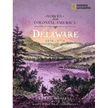
![22693DF: Delaware State History In a Nutshell - PDF Download [Download] 22693DF: Delaware State History In a Nutshell - PDF Download [Download]](http://ag.christianbook.com/g/thumbnail/2/22693dft.gif)
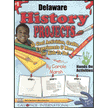
![24337DF: Delaware State History Lapbook - PDF Download [Download] 24337DF: Delaware State History Lapbook - PDF Download [Download]](http://ag.christianbook.com/g/thumbnail/2/24337dft.gif)
![24340DF: Delaware State History Lapbook Journal - PDF Download [Download] 24340DF: Delaware State History Lapbook Journal - PDF Download [Download]](http://ag.christianbook.com/g/thumbnail/2/24340dft.gif)

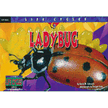
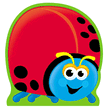
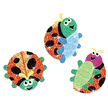



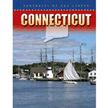

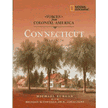
![24339DF: Connecticut State History Lapbook - PDF Download [Download] 24339DF: Connecticut State History Lapbook - PDF Download [Download]](http://ag.christianbook.com/g/thumbnail/2/24339dft.gif)
![24338DF: Connecticut State History Lapbook Journal - PDF Download [Download] 24338DF: Connecticut State History Lapbook Journal - PDF Download [Download]](http://ag.christianbook.com/g/thumbnail/2/24338dft.gif)

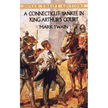

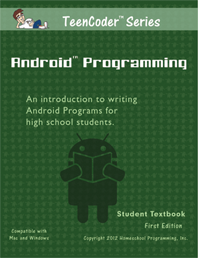
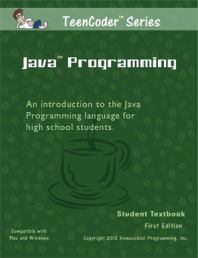
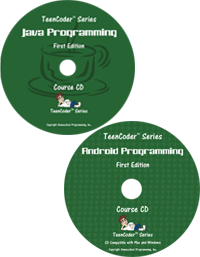



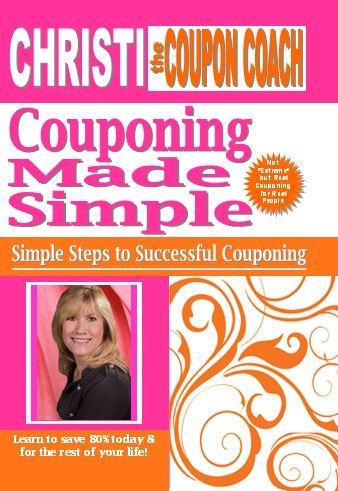

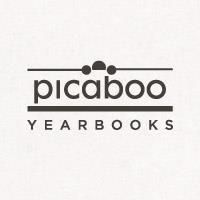










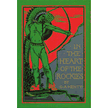
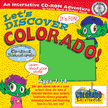
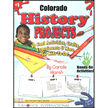

![22691DF: Colorado State History In a Nutshell - PDF Download [Download] 22691DF: Colorado State History In a Nutshell - PDF Download [Download]](http://ag.christianbook.com/g/thumbnail/2/22691dft.gif)
